Holt melt adhesives are also known as glue adhesives and solid at room temperature. These can be liquefied if heated at a temperature above their softening point. Hot melt adhesives are thermoplastic polymers used in various applications in liquid form. It is because in a liquid state, it allows a good binding to the surfaces. These adhesives are in various forms, such as beads, blocks, pellets, chips, pillows, or glue stacks. Depending on the application, hot melt adhesives are applied to the surface with nozzles, sprays, or even rolled on the surface. Read More…
Master Bond formulates high quality adhesive systems to help engineers meet specific requirements for their bonding, sealing, coating and encapsulation applications. The product line consists of epoxies, silicones, UV curable and LED curable systems that feature outstanding performance properties.
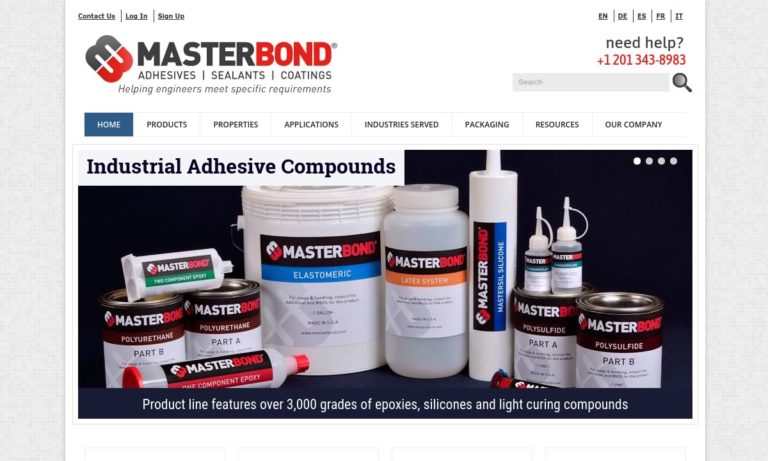
We are a leading manufacturer of hot melts, water-based adhesives, cohesives, and Dextin.. We work to make sure that all of our customers are satisfied and get exactly what they need! From Automotive to Paper Converting or nearly any conceivable application, we are the adhesive solutions company. We put you and your company first! For more information, give us a call today!
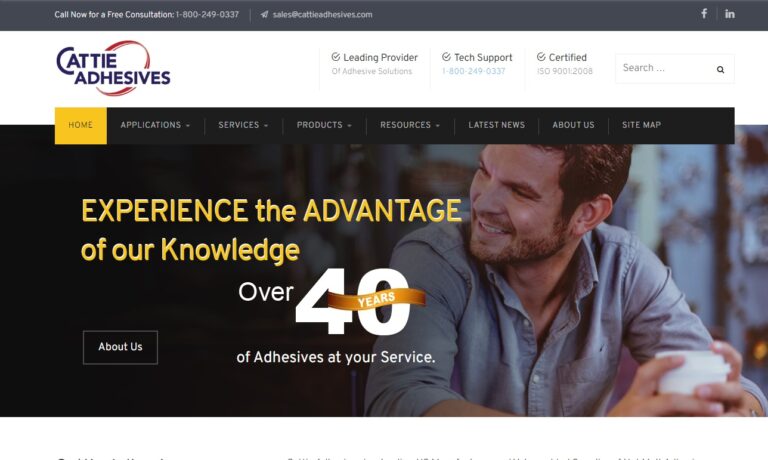
We hold North American manufacturing together with our adhesives! We have presences in Seattle, Portland, Spokane, Houston, Dallas, Tulsa, Chicago and many others so that we will be where you need us, always! Our motto states that “We strive for insanely happy customers,” and that’s exactly what the kind of commitment to excellence that we will bring to you. For more information on what we...
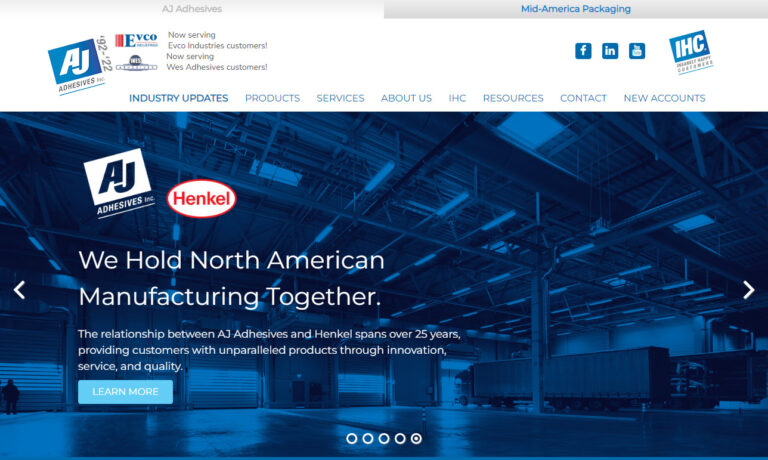
We produce top of the line work when it comes to the adhesive industry! We make sure that we product a high-quality product for world class customers! Formed by the unification of Stik-II Products and Dielectric Polymers, we are now your trusted single source for everyday and custom adhesive solutions. From Aerospace to Windows or nearly any conceivable application, we are the adhesive solutions...
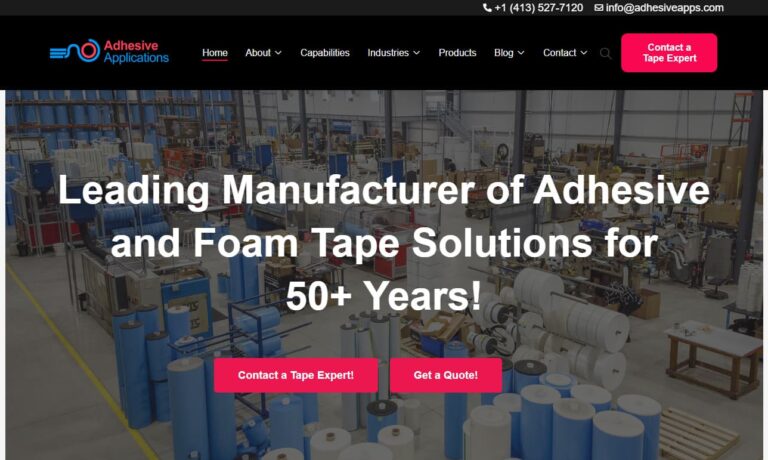
Our skilled engineers and technicians will work closely with you in order to provide you a product that will fit your unique applications! Our laminating adhesives are among the best in the industry and we want to prove it to you! We pay extra attention to our customers in order to ensure that we are exceeding customer expectations at every turn. To learn more about how we may benefit you visit...
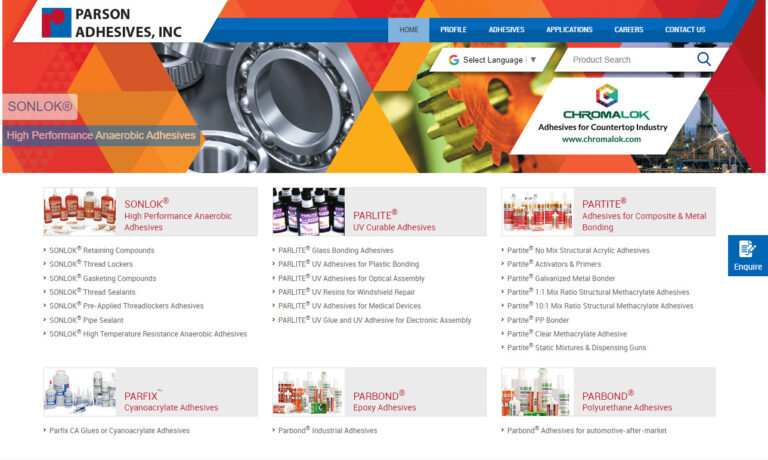
More Hot Melt Adhesive Manufacturers
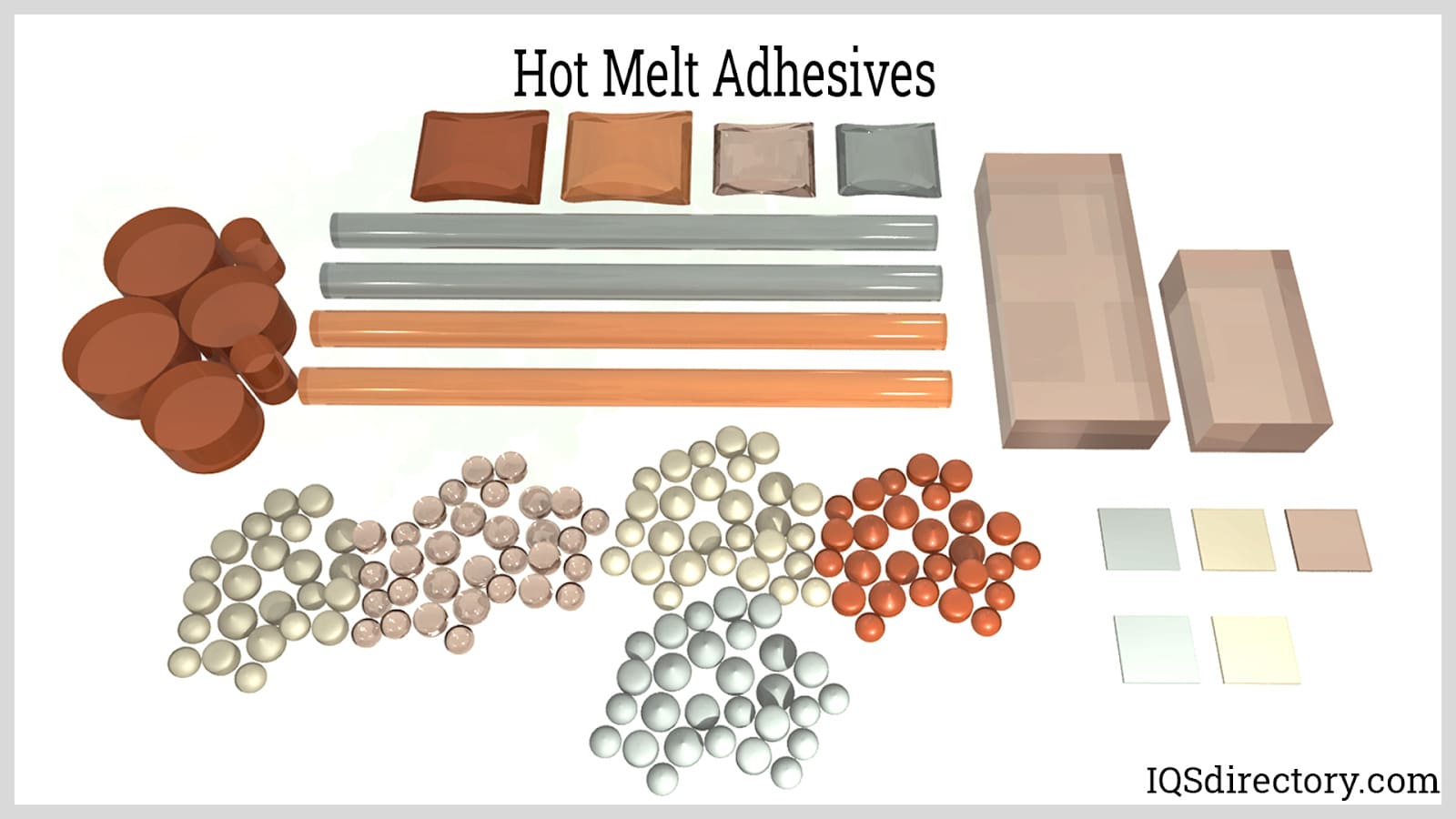
Raw Materials Used
Certain raw materials are used in hot melt adhesives that give unique properties to these adhesives. These can be certain polymers, antioxidants, resins, plasticizers, and waxes.
Polymers
Polymers are the basic constituents of hot melt. Most physical properties are due to these polymers, such as heat and impact resistance, flexibility, strength, and viscosity. Therefore, greater the amount of polymer will be the viscosity, toughness, and flexibility of the adhesive.
Resins
The presence of resins in adhesives is responsible for their stickiness or the time it will stay intact on the surface. Therefore, the more the amount of resin in the adhesive means it will be less sticky and tougher.
Waxes
Waxes in adhesives are responsible for their opening and set time. The waxes used in hot melt are usually synthetic wax, microcrystalline wax, and natural wax. The lower the wax content in the adhesive, the greater the viscosity of the adhesive.
Antioxidants
Antioxidants protect the material from degrading over time with hot melt adhesives. Usually, the antioxidants that are used are aromatic amines, phenols, BHT, phosphites, and phosphates. The antioxidants do not affect the physical properties of the hot melt.
Plasticizers
Plasticizers are the most used additives in hot melt, providing toughness and flexibility to the adhesives. These are hydrocarbon oils with aromatic content as that of paraffin. Plasticizers have low volatility and give adhesives lower melt viscosity and faster wetting.
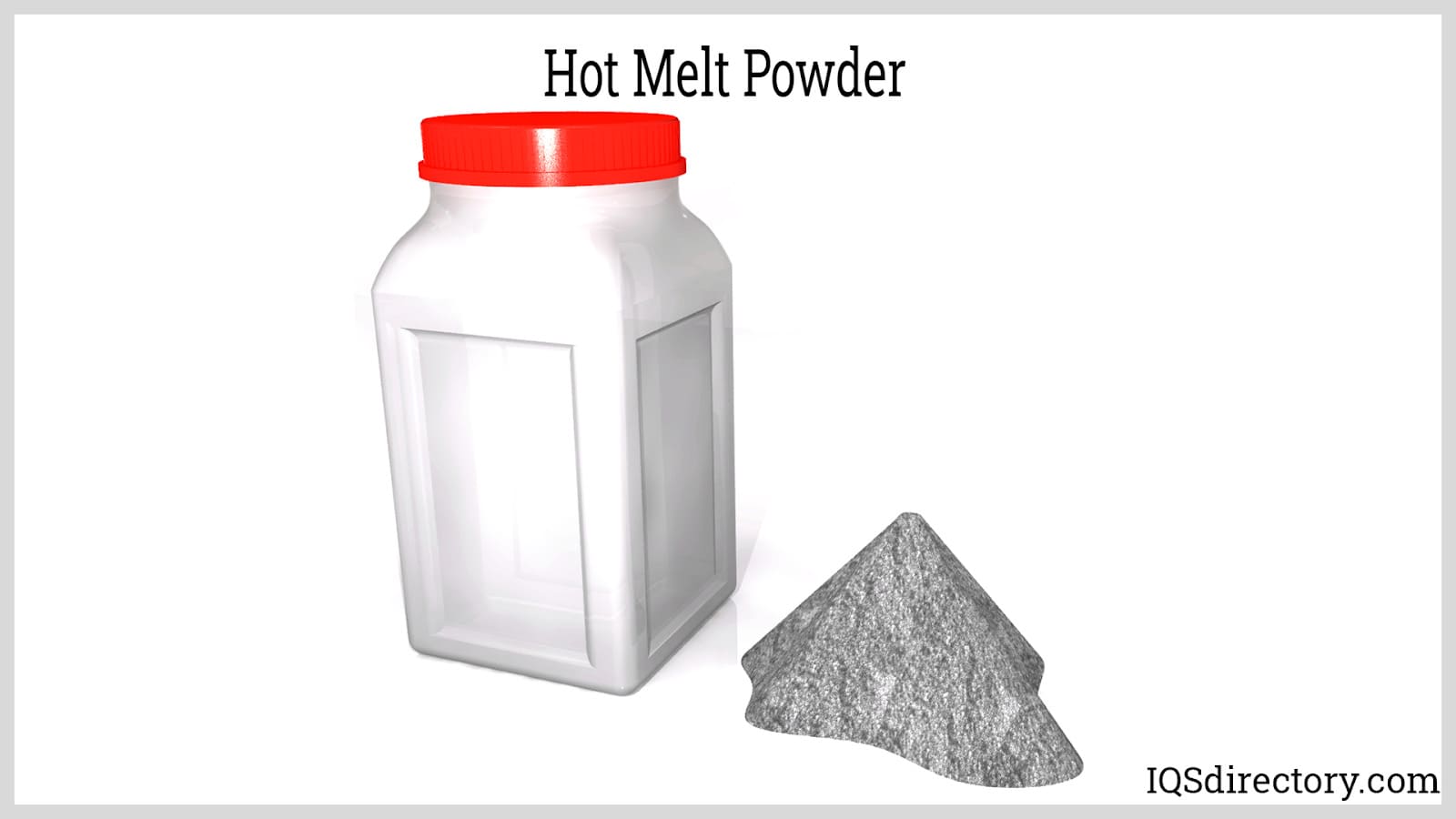
Suitable Substrates for Hot Melt Adhesives
Hot melt adhesives are suitable and best for many different types of substrates compared to other adhesives. However, hot melt adhesives are safer to use on the following surfaces.
- Wood
- Plastics
- Paper
- Corrugated Cardboards
- Glass
- Metal
- Fabrics
Manufacturing Process of Hot Melt Adhesives
The manufacturing process of hot melt adhesive is as follows.
- These are thermoplastic which becomes malleable upon heating and hardens on cooling.
- The raw materials used in these adhesives are put in one place, where it hardens itself into the end product.
- These hot melt adhesives are heated and melted to a liquid form.
- This liquid is sprayed or rolled on the substrate to let it stick.
- After spraying, it is left for setting time, and two surfaces are brought together.
- Sometimes, both surfaces are compressed together for optimal binding.
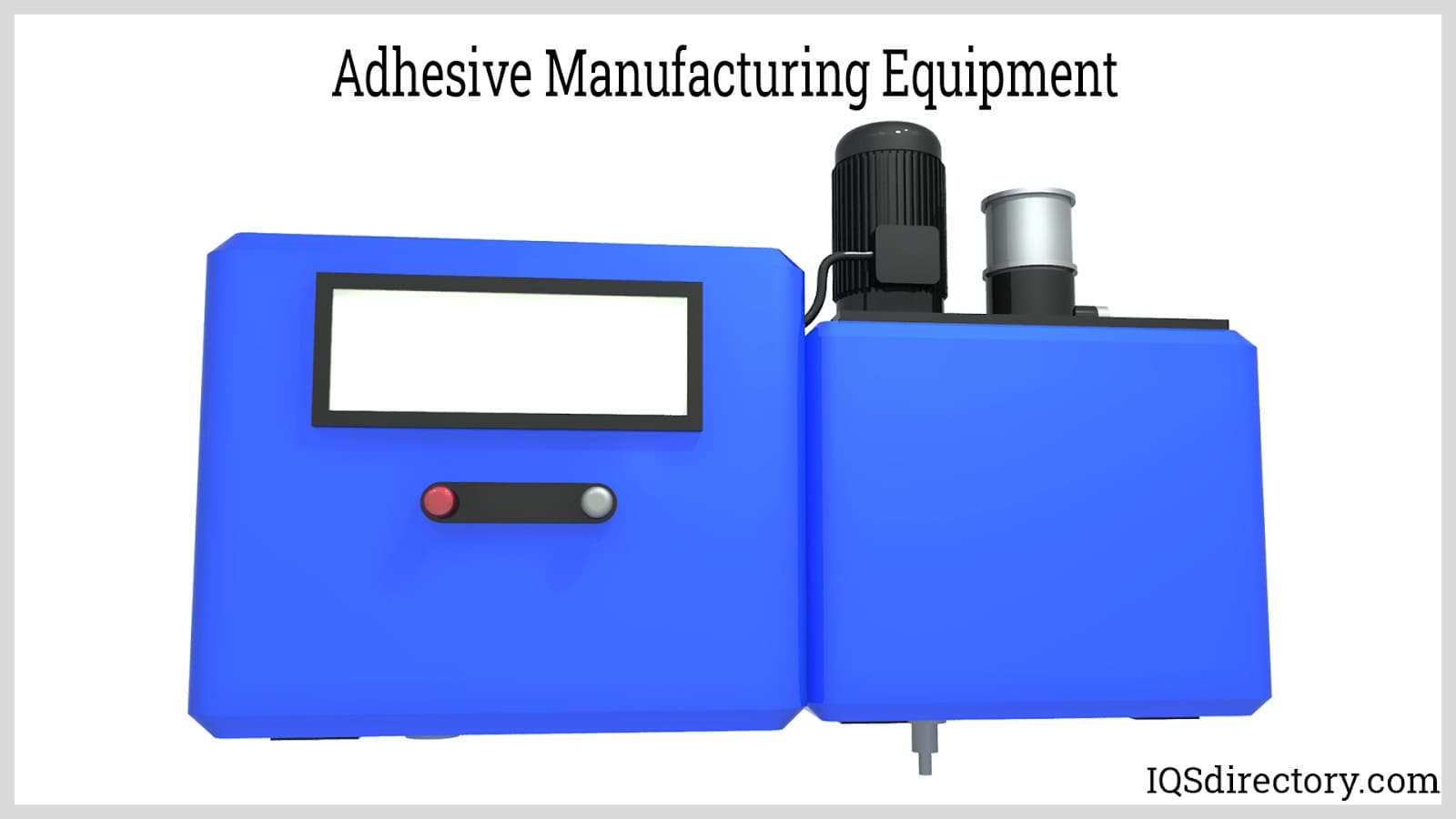
Types of Hot Melt Adhesives
Following are the types of hot melt adhesives.
Ethylene Vinyl Acetate
Ethylene vinyl acetate, also known as EVA, is used in the standard packaging of industrial hot melt adhesives. EVA is very well-known for various applications because of its great performance range. EVA can work well in low temperatures as well as in traditional temperature applications.
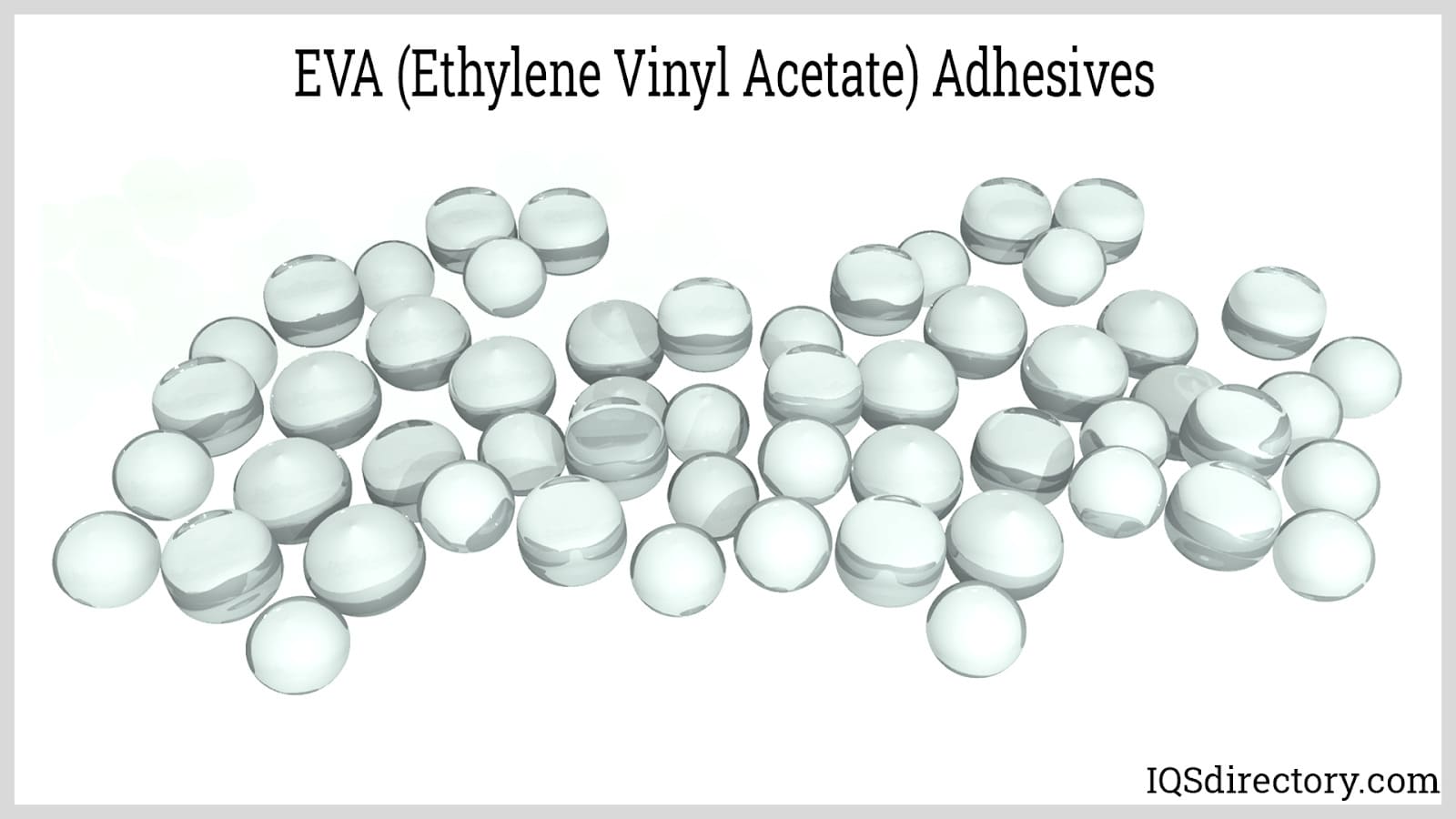
Polyethylene Adhesives
Polyethylene adhesives are light-colored, have low odor, and can be released easily from metal surfaces for easy cleanup. This polymer is best known for working for tray selling and carton applications. However, these adhesives are not suitable for bonding substrates.
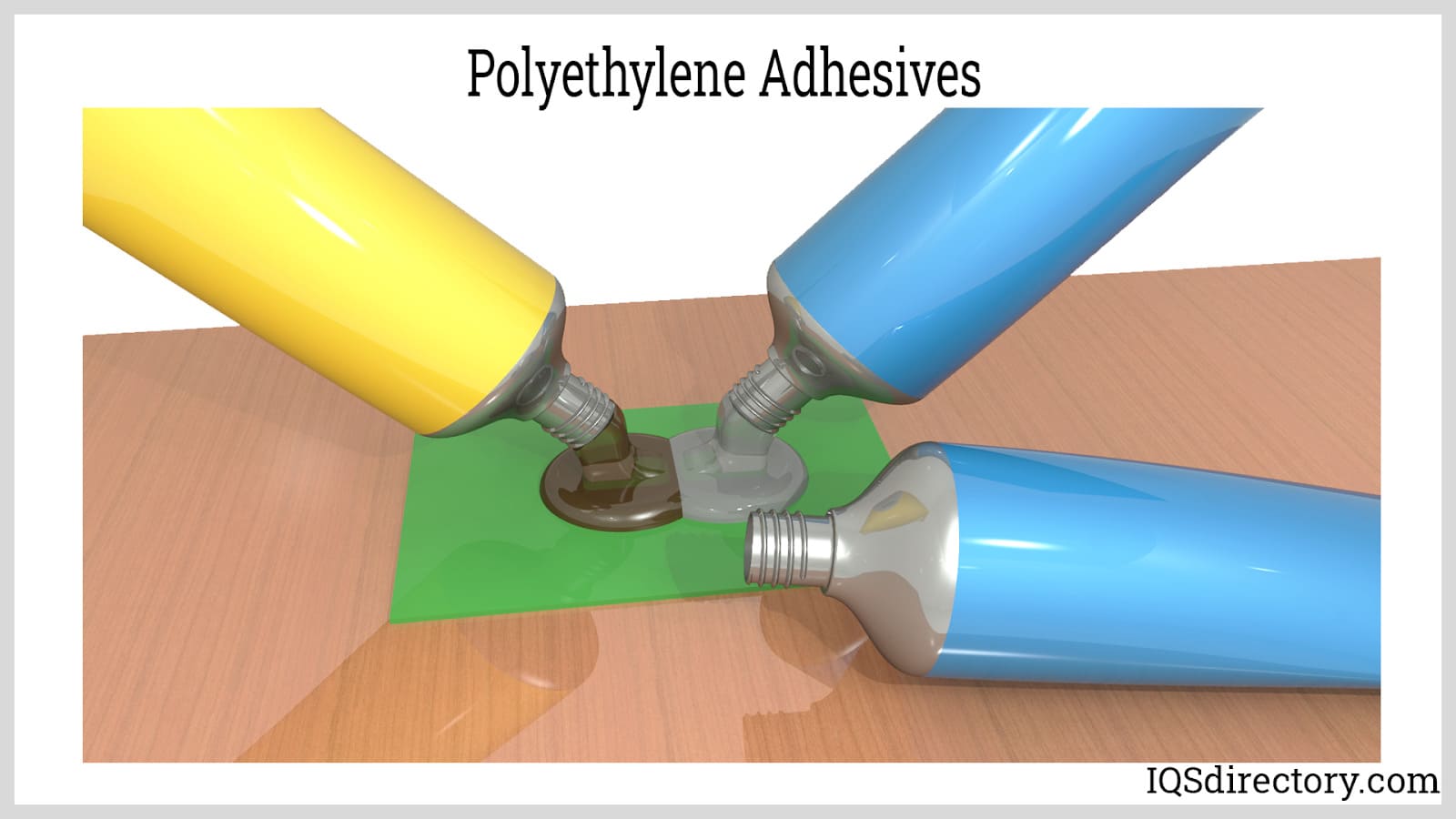
Metallocene Adhesives
Metallocene adhesives are combined with other components to stabilize hot melt products. These adhesives give storage temperature strength in both cold and hot temperatures. Upon heating, metallocene minimizes the breakdown that occurs due to heat exposure by expanding hot and cold bond performance.
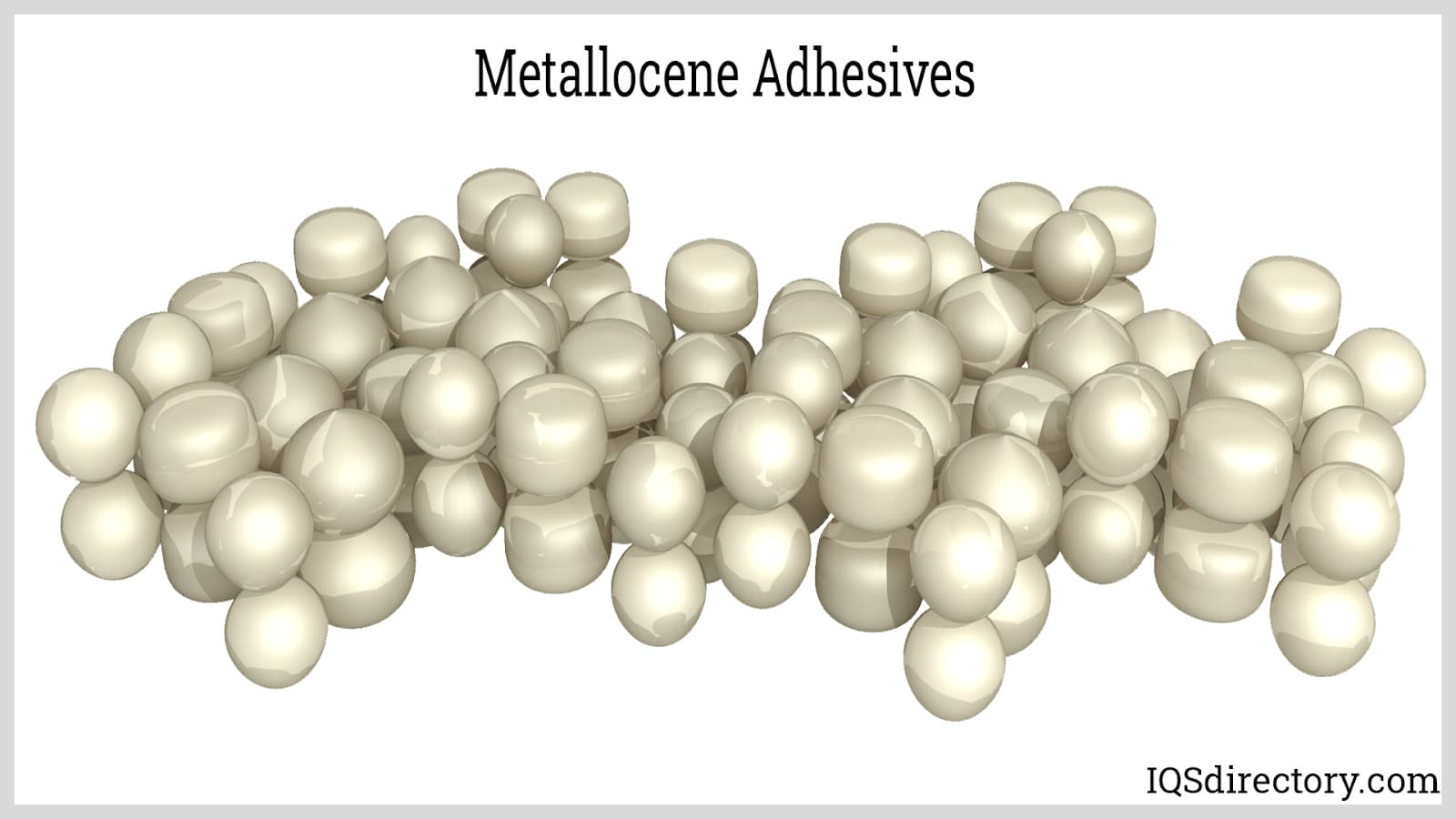
Amorphous Poly Alpha Olefins Adhesives
APAO is used in areas where there is a long working time and adhesion to plastic is required. The texture of these types of adhesives is tacky, soft, and very flexible.
Polyamide Adhesives
Polyamide adhesives are best used where there is a need for high-temperature resistance. These adhesives also work best where quick assembly strength and solvent and oil resistance are needed. Polyamide adhesives are excellent for wood, filter, and other high-performance applications. However, these adhesives show little stability when brought to heat.
Applications of Hot Melt Adhesives
- Hot melt adhesives are used in electronics to facilitate electrical interconnectivity, protection, and structural integrity.
- These adhesivesare also used in the automotive industry for seating, accessories, and trim assemblage.
- Medical devices also use these adhesives in manufacturing and designing safe materials and equipment.
- Paper containers and the packaging industry also use hot melt adhesives for packaging.
- The transportation industry uses hot melt adhesives as a replacement for metal fasteners.
- The food and beverage industry uses hot melt adhesives as these help in reducing material waste.
- The woodworking and furniture industry uses these adhesives in cabinets, paneling, and other furniture assembly applications.
- Hot melt adhesives are also used widely in bookbinding.
Choosing the Right Hot Melt Adhesives Company
To make sure you have the most constructive outcome when purchasing Hot Melt Adhesives from a Hot Melt Adhesives Company, it is important to compare at least 5 or 6 Suppliers using our list of Hot Melt Adhesives manufacturers. Each Hot Melt Adhesives Manufacturer has a business profile page that highlights their areas of experience and capabilities and a contact form to directly communicate with the manufacturer for more information or request a quote. Review each Hot Melt Adhesives business website using our proprietary website previewer to get an idea of what each business specializes in, and then use our simple RFQ form to contact multiple Hot Melt Adhesives businesses with the same form.

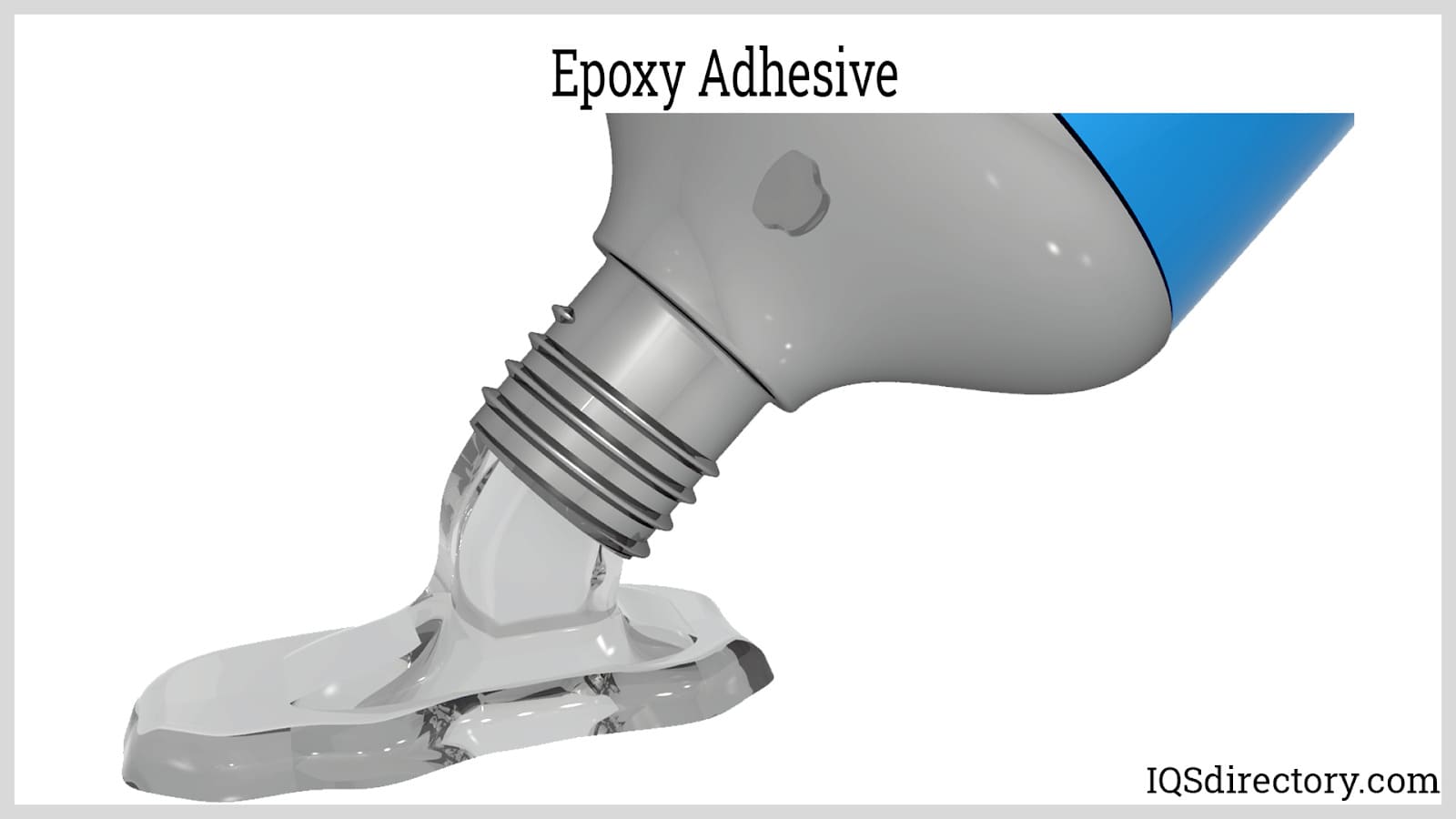
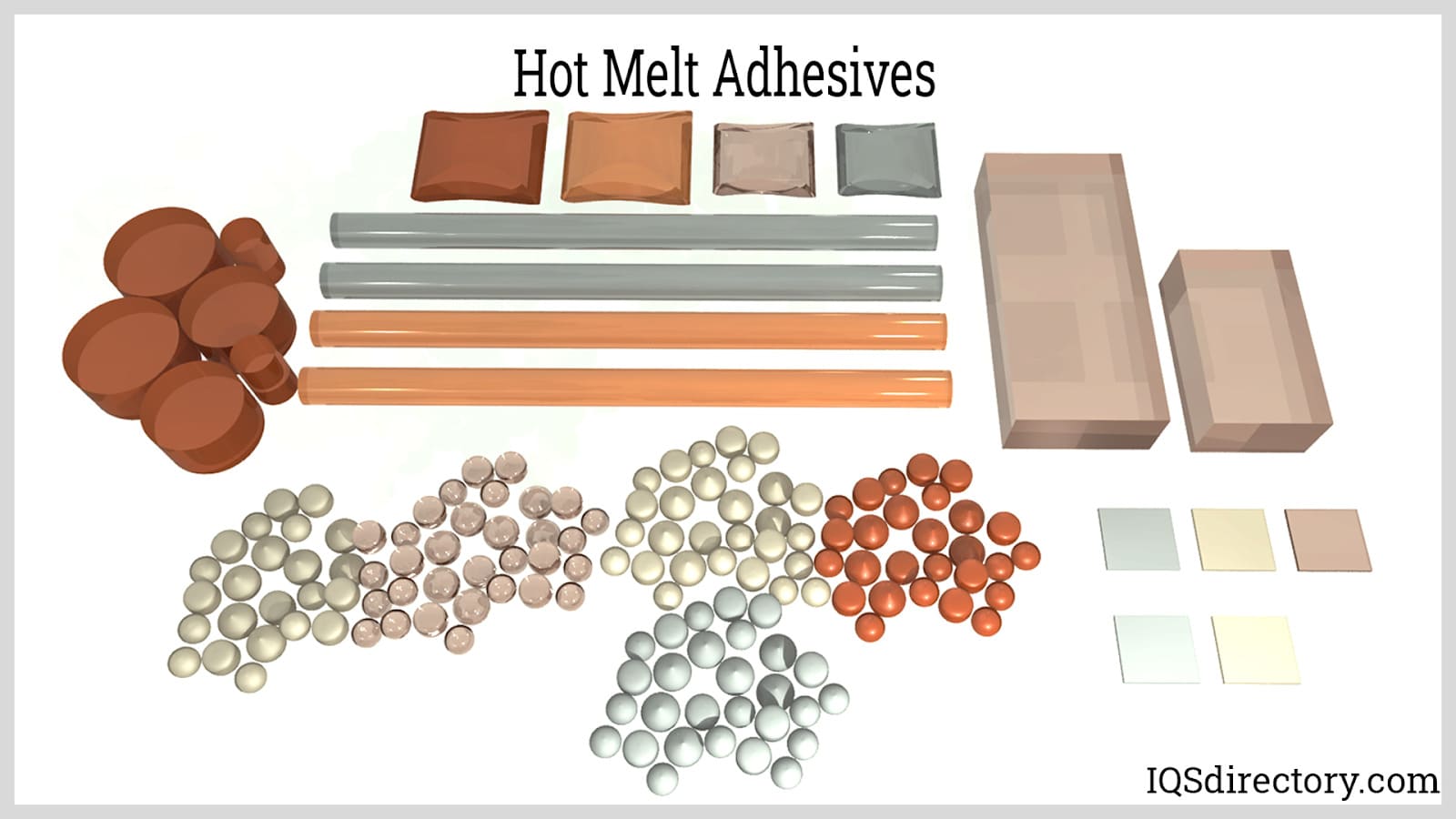
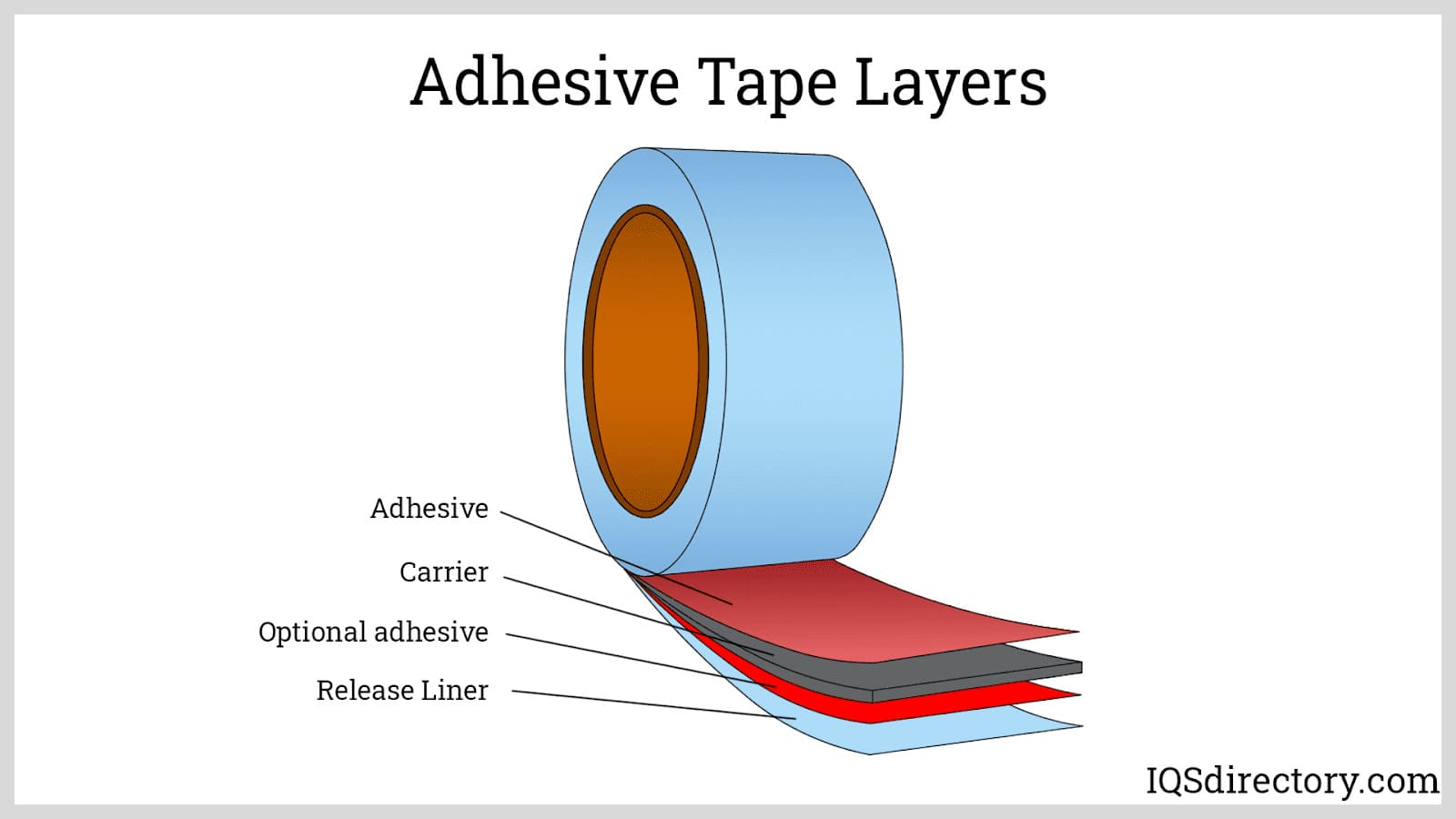
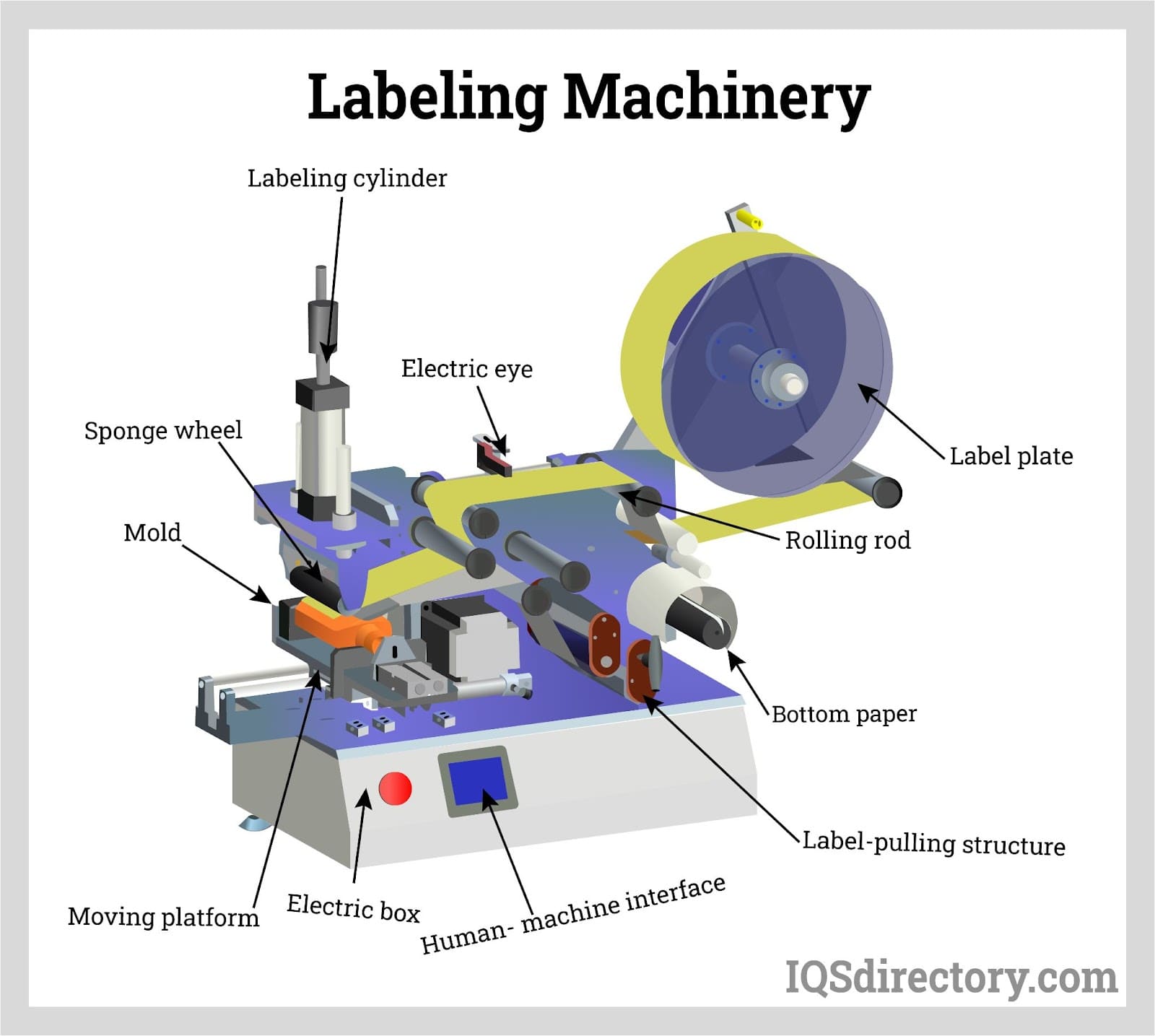
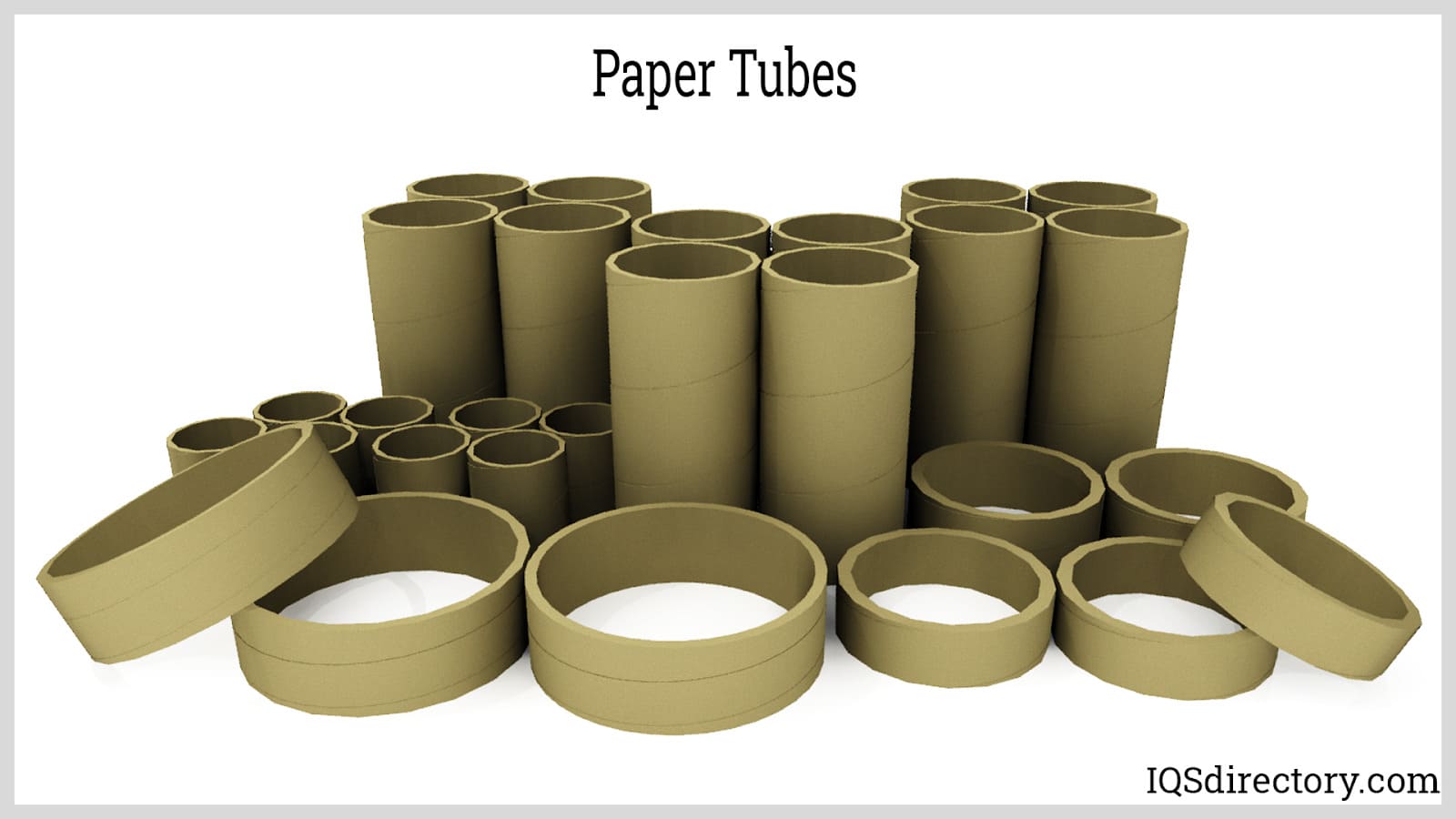
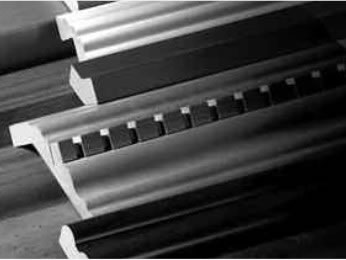 Adhesives
Adhesives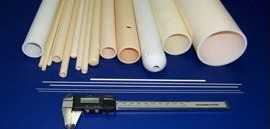 Alumina Ceramic
Alumina Ceramic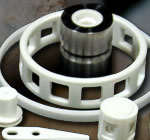 Ceramic
Ceramic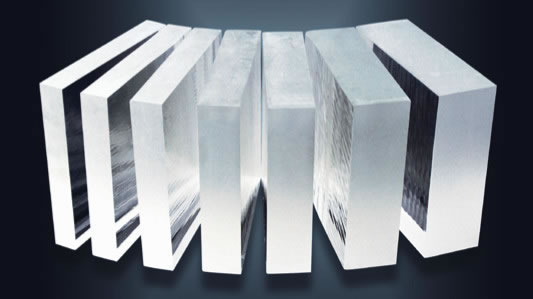 Glass
Glass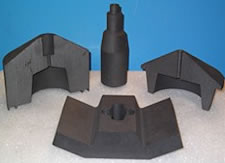 Graphite
Graphite Lubricants
Lubricants Castings & Forgings
Castings & Forgings Bulk Material Handling
Bulk Material Handling Electrical & Electronic Components
Electrical & Electronic Components Flow Instrumentation
Flow Instrumentation Hardware
Hardware Material Handling Equipment
Material Handling Equipment Metal Cutting Services
Metal Cutting Services Metal Forming Services
Metal Forming Services Metal Suppliers
Metal Suppliers Motion Control Products
Motion Control Products Plant & Facility Equipment
Plant & Facility Equipment Plant & Facility Supplies
Plant & Facility Supplies Plastic Molding Processes
Plastic Molding Processes Pumps & Valves
Pumps & Valves Recycling Equipment
Recycling Equipment Rubber Products & Services
Rubber Products & Services